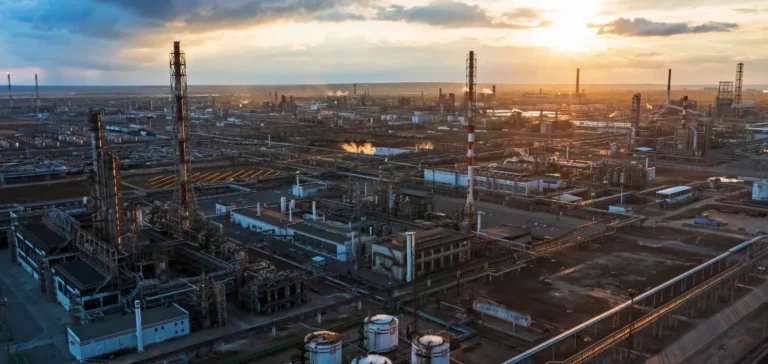The Indian government has announced a set of new rules aimed at modernizing the regulatory framework of its oil and gas sector, explicitly designed to attract greater private and international investments. Among these measures is the introduction of a fiscal stability clause, which will protect oil companies from adverse impacts caused by future fiscal regime changes, such as increases in taxes or royalties. This guarantee aims to reassure potential investors by reducing risks linked to unexpected regulatory shifts. The initiative by the Indian government comes at a time when domestic hydrocarbon production has been experiencing steady decline over recent years.
An infrastructure-sharing strategy
Under the new proposed rules, India’s Ministry of Petroleum plans to mandate the shared use of existing infrastructure when capacity remains underutilized. Operators will thus be required to report any underutilization, enabling other players, particularly smaller entities, to access these facilities without incurring substantial additional investments. This measure, supervised by authorities, explicitly aims to streamline costs and optimize economic returns from exploration and production projects. It is part of a broader effort to enhance operational efficiency across the entire Indian oil and gas sector.
Integrated energy diversification
Among the government’s new policy directions is also the possibility for oil and gas companies to directly incorporate renewable and low-carbon energy projects within their concessions. Solar, wind, geothermal, or hydrogen energy projects may now be developed by operators within their existing blocks, provided these initiatives do not disrupt primary oil or gas extraction operations. Additionally, the regulatory framework includes rigorous monitoring of greenhouse gas emissions, as well as specific regulatory provisions for carbon capture and storage (CCS) projects.
A revised contractual model
The Indian government has also revised the revenue-sharing contract model for the oil sector, introducing clarifications on concession mergers, license extension processes, and reservoir unitization across multiple blocks. The aim is to provide greater legal security for investors while simplifying administrative procedures related to exploration and production operations. All proposed modifications are currently subject to public consultation before their definitive adoption as official policy.
The effective implementation of these reforms could significantly influence India’s positioning on the global oil and gas exploration landscape, as the country intensifies its efforts to attract significant foreign investment into this strategic sector.






















